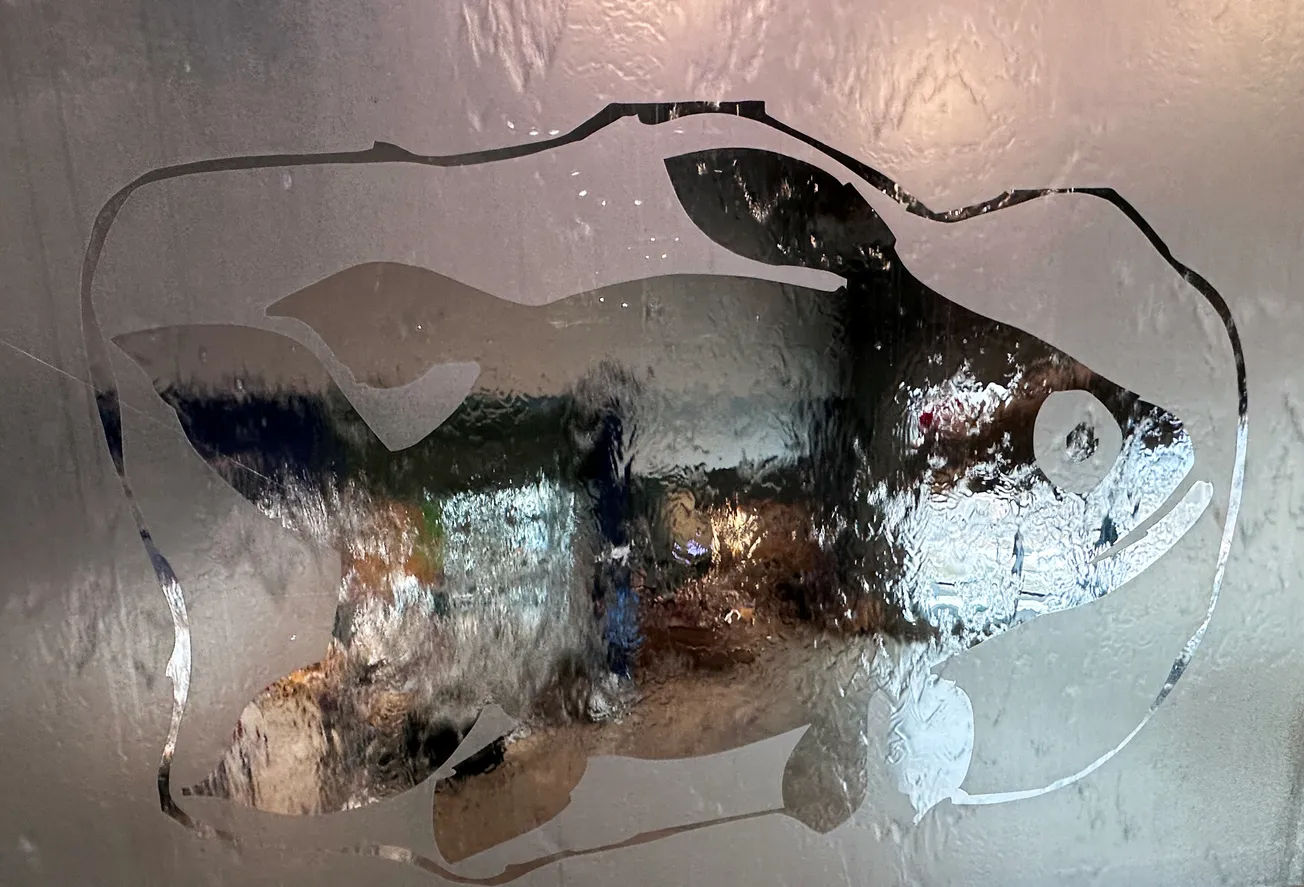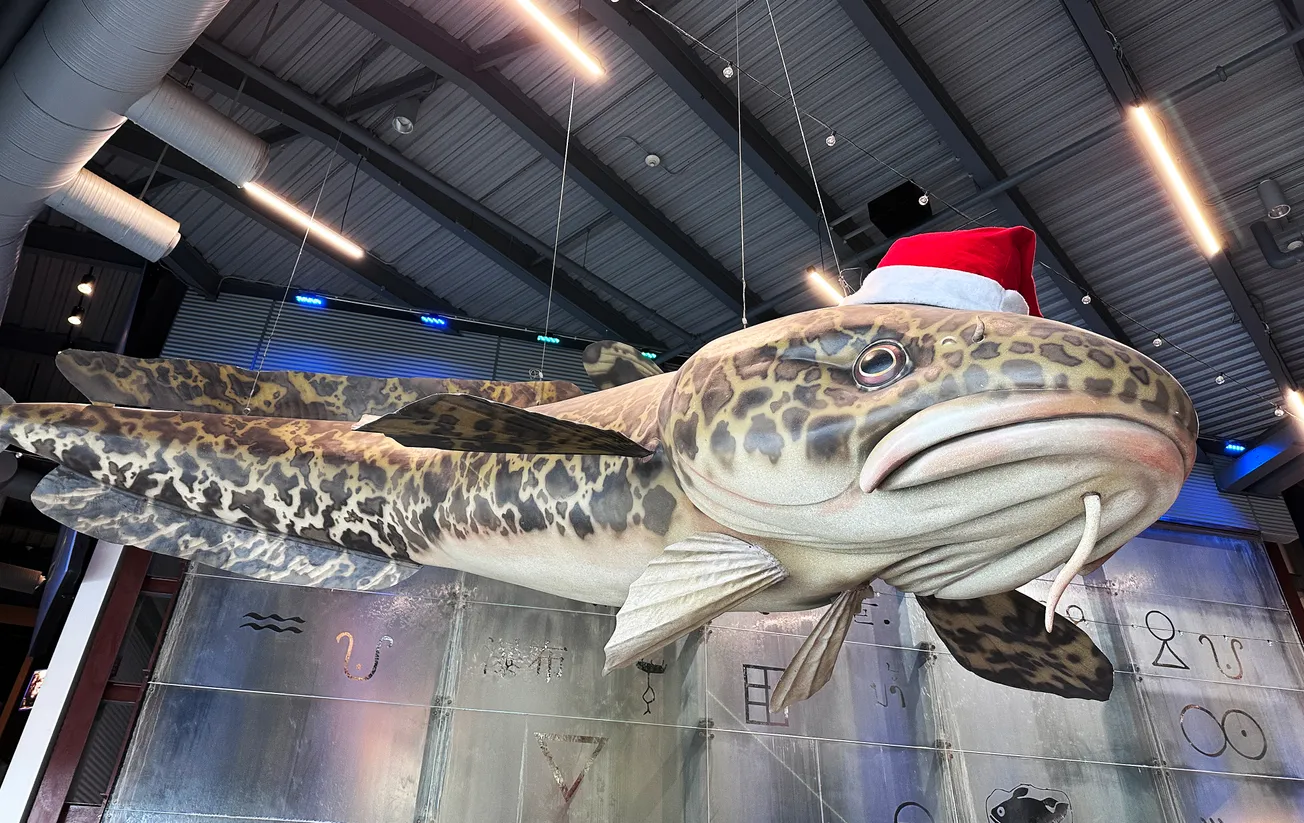DULUTH — It took a few decades, a couple of course corrections, and more than one fishy forecast, but the Great Lakes Aquarium has quietly — and impressively — become the most-visited attraction in Duluth.
Not bad for a place that, back in the day, some folks figured would sink before it swam.
Let’s rewind. When the Aquarium opened in July 2000, it was a beautiful oddball. A freshwater-focused science center tucked into the industrial edge of Duluth’s harborfront, all concrete tanks and educational ambition. But the numbers didn’t line up. Tourists skipped it, critics scoffed, and bean counters started circling like seagulls over a parking lot hot dog.
The Aquarium had a few rough years — attendance projections missed, the city had to step in financially, and more than a few locals muttered, “What the heck is in there, anyway?”

But somewhere along the way, the story flipped.
Today, it’s a local institution. Field trips, family passes, scientific partnerships, behind-the-scenes conservation work. It’s no longer just a building with tanks. It’s a mission with heart.
And the man who’s been there for nearly all of it is Jay Walker, the Aquarium’s executive director — and unofficial fish whisperer for an entire generation of Duluth kids.
“I’ve been with GLA for 26 years, and one constant has been the incredible passion and dedication of the people who work here,” Walker said. “They truly believe in enriching people’s lives through a deeper understanding of the natural world, using Lake Superior as a lens to explore it.”
That lens, of course, has widened over the years. What began as a regional novelty has matured into a respected science and education hub — home to research, traveling exhibits, school partnerships and now, one of the most ambitious fish restoration projects in the Midwest.
More on that in a moment.

First, a little civic history.
The idea for a lake-focused science center came out of a late-1980s civic brainstorm, spearheaded by folks like attorney Nick Smith and philanthropists Caroline and Julia Marshall. They weren’t dreaming about otters and trout. They were thinking big — an anchor attraction that would turn Duluth’s gritty, post-industrial waterfront into a destination.
That vision became the Lake Superior Center, which morphed into the Great Lakes Aquarium. The building went up in the late ’90s with a mix of state money, city bonds, and donations — totaling about $34 million when it was all poured and plumbed.
The place opened to fanfare and a few skeptical side-eyes. The tanks were dazzling. The mission was strong. But crowds were sparse, and early operating losses had critics howling.
Still, the staff stuck to their current. They improved the visitor experience. Focused the exhibits. Leaned hard into education. And, maybe most importantly, they refused to let the place become a punchline.
Walker was there through it all, watching the Aquarium grow from a shaky new exhibit hall into a respected regional leader.

“This unwavering commitment has carried the organization from its inception, through challenging times, into periods of success, and now into a phase of exciting growth,” he said. “I believe GLA is poised for a very bright future, with even stronger conservation and educational programming on the horizon.”
The latest example? A bold, collaborative effort to raise and reintroduce Lake Sturgeon into the St. Louis River — a species of “special concern” in Minnesota, with deep cultural and ecological roots.
Working alongside the Minnesota DNR, the Fond du Lac Band of Lake Superior Chippewa, and the U.S. Fish and Wildlife Service, the Aquarium will house a cutting-edge sturgeon rearing facility right inside its walls. Visitors will be able to see the fish up close — and then, one day, maybe spot them in the wild as they return to their ancestral waters.
“There will be an exhibit component that will deepen our cultural connections,” Walker said. “As you pointed out in your article, this is more than biology — it’s about healing a watershed and honoring history.”
That’s the kind of long-view thinking that’s carried the Aquarium this far. And why it’s now on firmer financial footing, drawing more than 150,000 visitors a year, and leading real-world conservation efforts that stretch far beyond its tanks.

So yeah, the Great Lakes Aquarium might not have whales or glass tunnels or a $50 admission fee like the big boys in Chicago or Baltimore. But what it does have is something better: roots. Purpose. A true sense of place.
It belongs here — just like the sturgeon.
And if you still haven’t visited, do yourself a favor: grab a day pass, lean into the harbor breeze, and go see the most quietly extraordinary thing Duluth has built in the last half-century.
You won’t regret it. And the fish might just thank you.








